10 Email Marketing Best Practices for 2025 (That You Need to Follow)
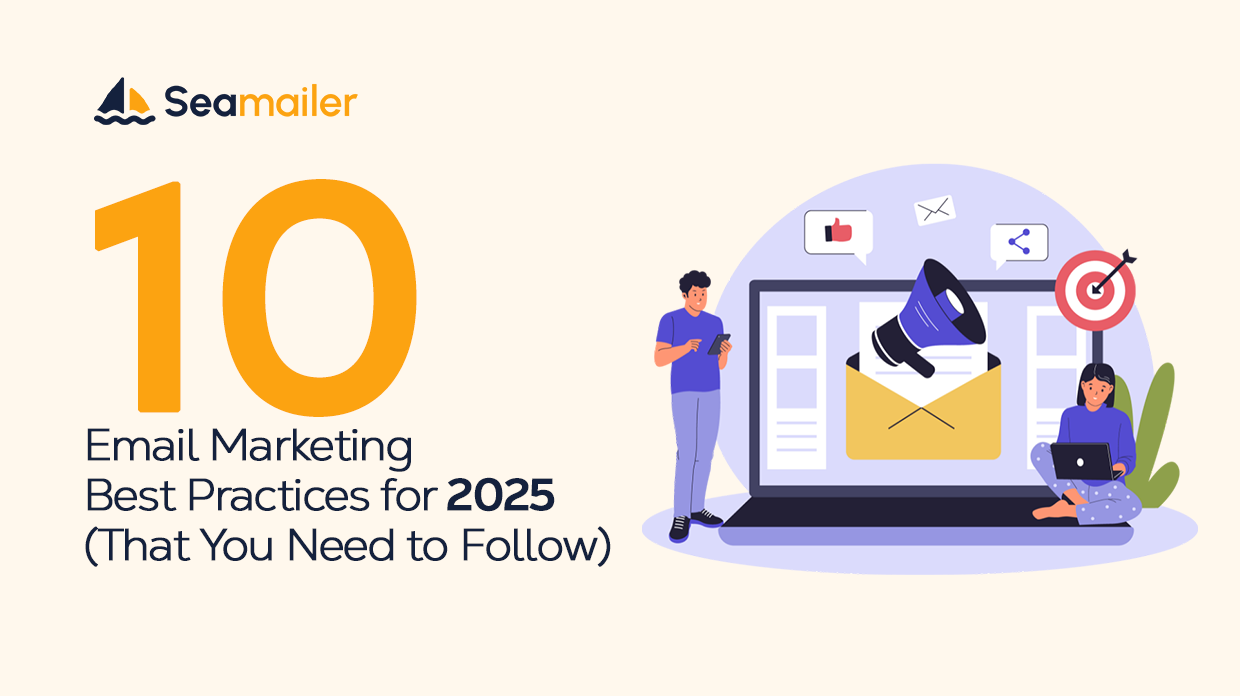
Every year, someone says “email marketing is outdated”. And every year, email proves them wrong.
In fact, email remains one of the most effective marketing channels in 2025. According to Statista, the global email audience has surged past 4.7 billion users, while businesses continue to reap a strong ROI of $36 for every $1 invested in email marketing.
But here’s the thing: what worked five years ago doesn’t necessarily work now. Inboxes are more crowded than ever, customers are savvier, and privacy regulations are tighter. If you’re sending the same old campaigns, you’re leaving money on the table.
That’s why I’ve put together 10 email marketing best practices for 2025 - the exact strategies I use and recommend to businesses that want to stand out, build trust, and drive results.
Let’s dive in.
1. Prioritize List Quality Over Quantity
A big email list looks good on paper, but if half your subscribers aren’t opening your emails, it’s dead weight. In 2025, engagement is more important than size.
Build your list with intention. Focus on subscribers who want to hear from you by offering meaningful lead magnets—think practical guides, free trials, or exclusive offers.
Pro tips:
- Clean your list every 3–6 months.
- Use double opt-in to ensure quality subscribers.
- Don’t buy email lists - they’ll hurt deliverability.
Why it matters: Internet Service Providers (ISPs) like Gmail are smarter now. They prioritize emails with consistent engagement. A smaller but engaged list will outperform a massive inactive one every time.
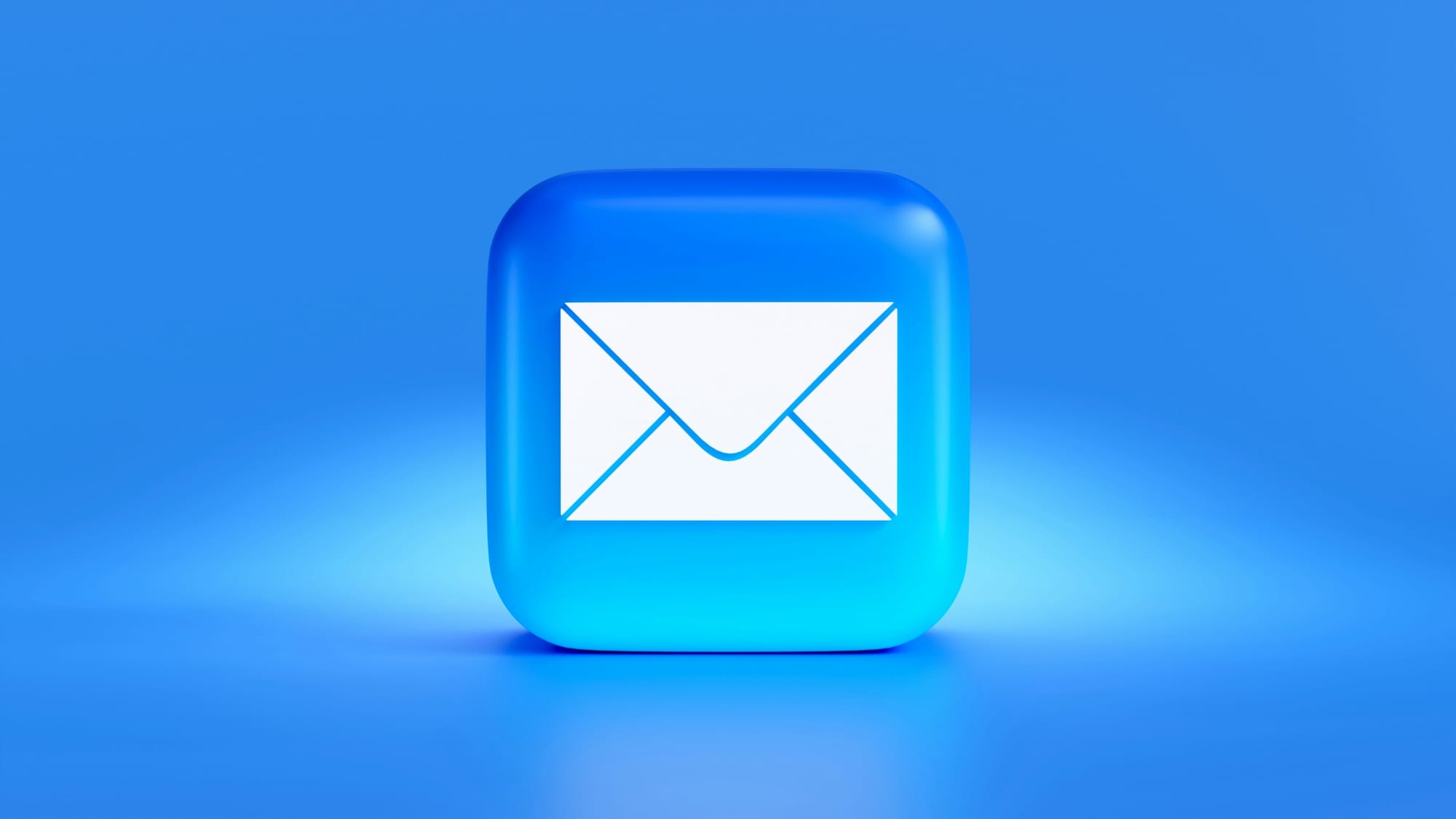
2. Personalize Beyond First Names
Gone are the days when adding “Hi [First Name]” was enough. Today, personalization means tailoring emails based on subscriber behavior, preferences, and purchase history.
Think of it like this: would you rather get a generic sales pitch or a message that feels like it was written just for you?
Pro tips:
- Segment based on demographics, interests, and behavior.
- Use dynamic content (e.g., product recommendations based on browsing history).
- Personalize timing - send at the moment subscribers are most likely to open.
According to Campaign Monitor, segmented and targeted emails generate 58% of all revenue.
3. Optimize for Mobile First
In 2025, the majority of your subscribers are checking their inbox on a smartphone—over three-quarters of emails are opened on mobile devices. That means design isn’t just about looking good; it’s about being functional in a small, scrollable space.
If your email loads slowly, has tiny text, or forces readers to pinch and zoom, most won’t bother. They will simply swipe it away.
Pro tips:
- Use responsive templates.
- Keep subject lines under 45 characters.
- Use larger fonts and buttons for easy tapping.
- Minimize big images that slow down loading.
Ask yourself this: if someone opens your email while standing in line for coffee, can they read it and take action in under 30 seconds?
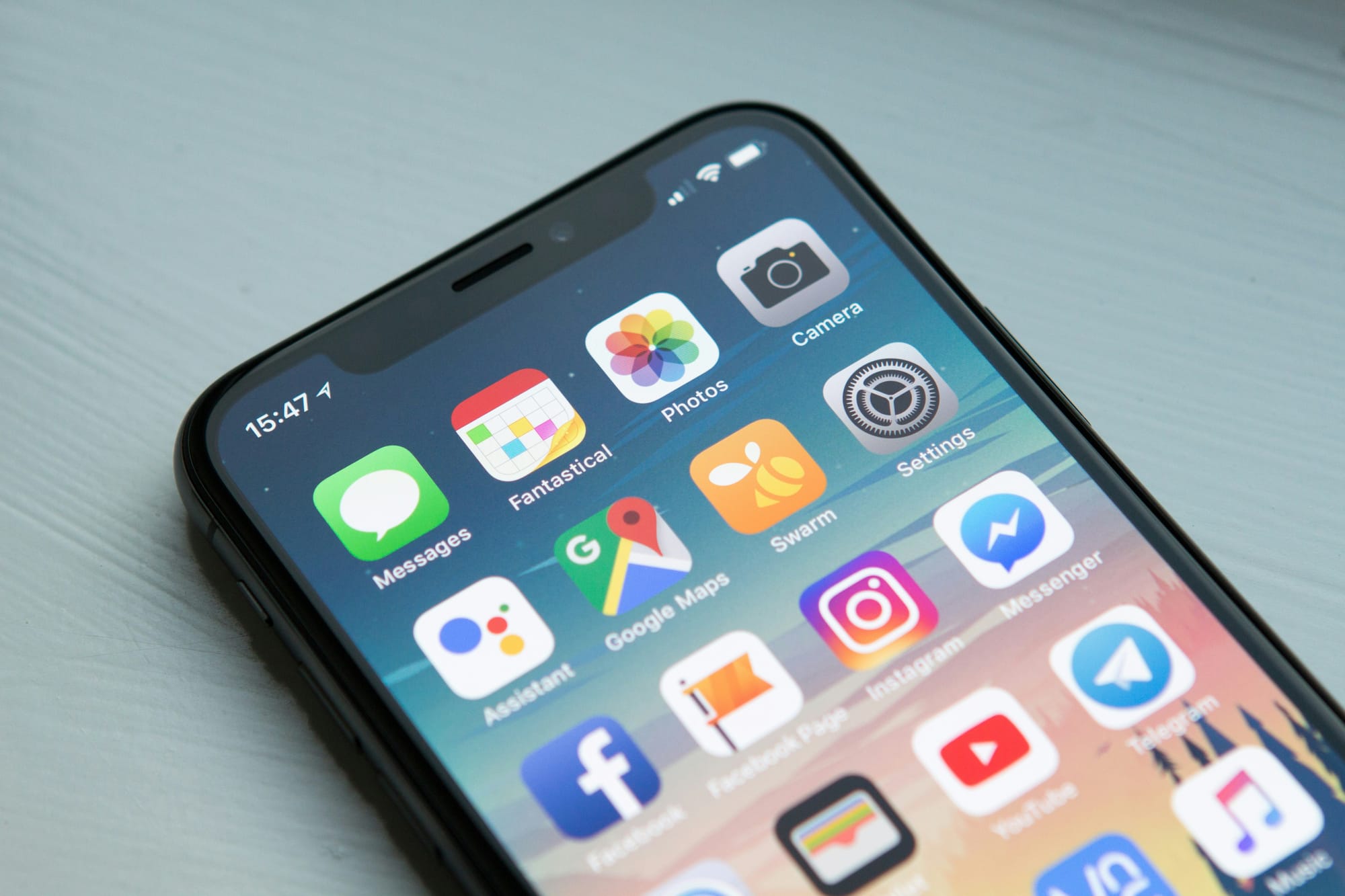
4. Master the Art of the Subject Line
Your subject line is the gateway to your email. If it doesn’t grab attention, the rest doesn’t matter.
Pro tips:
- Keep it short and punchy.
- Use curiosity, urgency, or value-driven hooks.
- Test with A/B experiments to see what resonates.
Examples that work in 2025:
- “Your 2025 growth plan is inside.”
- “We saved you 20% (expires tonight)”
- “Stop doing this in your emails…”
According to HubSpot, 47% of recipients decide whether or not to open an email based solely on the subject line. That means your subject line isn’t just a headline—it’s the make-or-break factor that determines if your message ever gets read. Think of it as the front door to your email campaign: if it doesn’t look inviting, no one’s stepping inside.
5. Embrace Interactive Emails
Static emails still work, but interactive elements are the future. Think of it as delivering a mini-website experience directly inside the inbox. Instead of just reading text and clicking links, subscribers can now engage with polls, quizzes, carousels, product previews, or even add items to their cart—without leaving the email itself.
This shift isn’t just about looking fancy—it’s about engagement and convenience. The more friction you remove, the easier it is for subscribers to take action. Interactive emails boost click-through rates, increase time spent engaging with your content, and make your brand feel more modern and dynamic.
Examples of interactive features:
- Clickable product carousels
- Polls and surveys
- Countdown timers
- Add-to-cart buttons directly in the email
This not only makes your emails engaging but also reduces friction between reading and taking action.
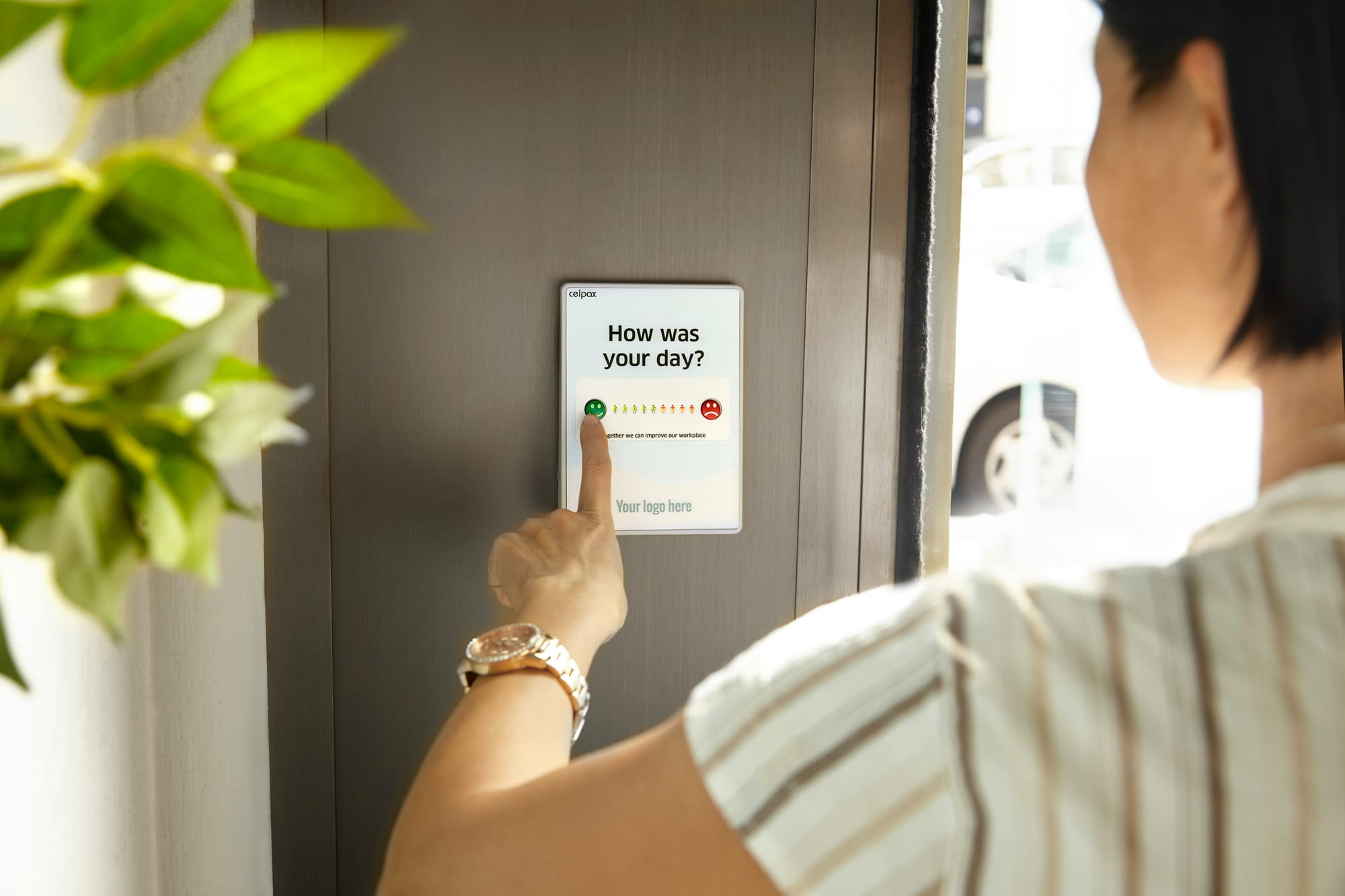
6. Use AI and Automation Wisely
AI is no longer just a buzzword—it’s become a practical tool. By 2025, platforms like Seamailer, Klaviyo, and ActiveCampaign are making it possible to build smarter automations and predictive campaigns that actually drive results.
What AI can do for you:
- Predict the best time to send emails.
- Generate subject lines and content variations.
- Score leads to prioritize high-intent customers.
- Automate drip sequences for nurturing.
But remember — automation should still feel human. Always take the time to review and personalize AI-generated content before you hit send.
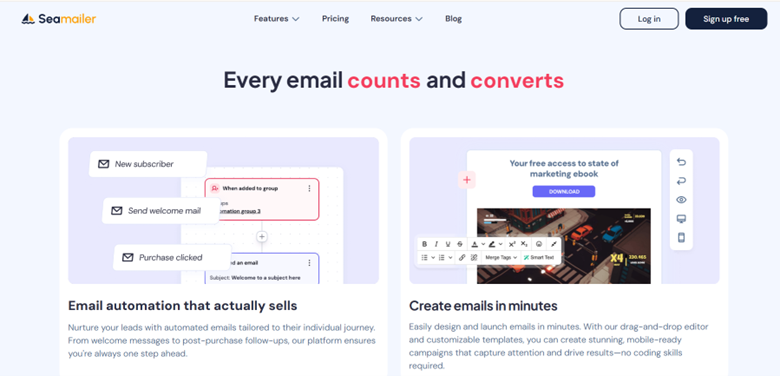
7. Respect Privacy and Compliance
Data privacy rules are tightening every year. With laws like GDPR, CCPA, and others, businesses must be transparent about how they collect, store, and use customer information.
Pro tips:
- Always get explicit consent before emailing.
- Provide easy-to-find unsubscribe options.
- Be transparent about how you handle data.
Not only does this keep you compliant, but it also builds trust - and trust drives loyalty.
8. Focus on Deliverability
What good is a great email if it lands in the spam folder? Deliverability is a major focus in 2025.
Best practices:
- Authenticate your domain (SPF, DKIM, DMARC).
- Avoid spammy words (“FREE!!!” “Act now!!!”).
- Maintain a healthy text-to-image ratio.
- Monitor your sender reputation.
Proven fact: Validity’s Email Deliverability Benchmark Report shows that global inbox placement rates hover around 85% - so optimizing deliverability could mean thousands of extra eyeballs.
9. Test, Measure, and Iterate
What works for one business might not work for another. That’s why testing is non-negotiable. Your audience has its own preferences — some may like shorter subject lines, or maybe they respond better to storytelling over discounts. You won’t know until you test.
A/B testing (also called split testing) is one of the simplest and most effective ways to figure out what resonates.
Things to A/B test
- Subject lines
- Send times
- CTA button text and colors
- Email design (plain text vs. graphic-heavy)
Track metrics beyond open rates (since Apple Mail Privacy Protection skews them). Focus on click-through rates, conversion rates, and revenue per email. Over time, you’ll collect real data that helps you make smarter decisions instead of relying on guesswork or copying what another business does.
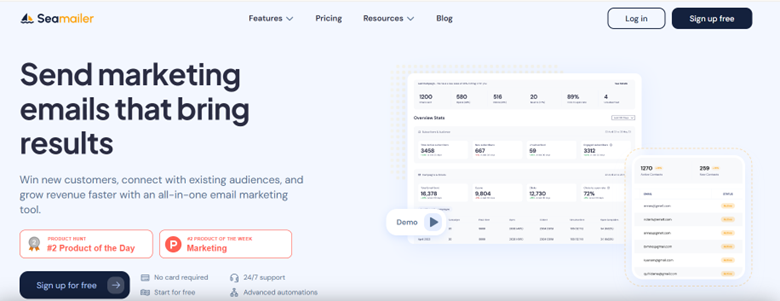
10. Provide Value in Every Email
This is the golden rule. If your emails are only about selling, subscribers will tune out. Nobody enjoys opening their inbox just to see another “buy now” message. People crave value, connection, and relevance—not a constant sales pitch. That’s why the most successful email marketers strike a balance between giving and asking.
Instead, treat email as a long-term relationship builder. People should look forward to your messages, not dread them.
Ways to provide value:
- Share helpful tips and insights.
- Tell stories your audience can relate to.
- Offer exclusive perks (early access, insider content).
- Balance selling with serving.
Remember: when you consistently provide value, the sales will naturally follow.
Conclusion
Email marketing in 2025 is more powerful than ever - but only if you adapt to the times. If you apply even half of these, you’ll see a noticeable improvement in engagement, trust, and revenue.
Smart takeaway: If you’re serious about taking your email marketing to the next level, try out Seamailer. It’s built to help businesses like yours automate campaigns, personalize at scale, and grow faster - without the overwhelm!

